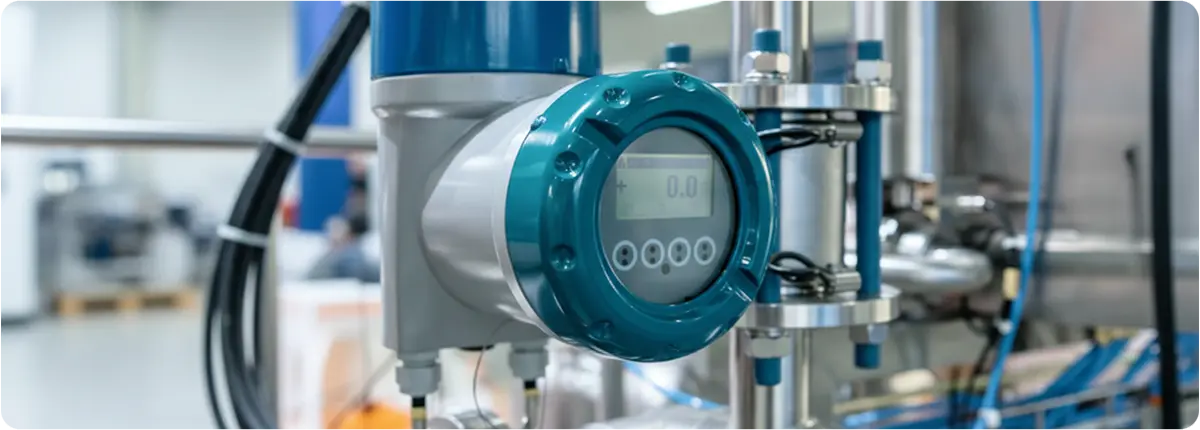Temperature and Humidity Transmitters
Temperature and Humidity Transmitters are essential sensing devices that ensure accurate and reliable measurement of environmental conditions across a wide range of applications — from industrial plants to smart buildings. These devices measure temperature and humidity values, convert them into electrical signals, and transmit the data to automation systems.

WORKING PRINCIPLE
Temperature transmitters typically rely on sensing elements such as thermistors, RTDs (Resistance Temperature Detectors), or thermocouples. Humidity transmitters, on the other hand, use capacitive, resistive, or infrared sensing principles. The measured parameters are transmitted to control systems through analog or digital output signals (e.g., 4–20 mA, Modbus, BACnet).
ADVANTAGES
- Dual parameter measurement: Measures both temperature and humidity with a single device.
- Energy efficiency: Enables energy optimization in HVAC systems.
- Accuracy and reliability: Provides precise measurement with calibrated sensors.
- Digital communication: Compatible with IoT and building automation systems.
- Easy maintenance: Features removable sensor probes and automatic calibration options.
APPLICATION AREAS
- HVAC systems: Controls comfort and energy management in air conditioning, ventilation, and heating systems.
- Food industry: Maintains temperature and humidity levels in production and storage areas.
- Pharmaceutical manufacturing: Ensures environmental conditions meet GMP (Good Manufacturing Practices) standards.
- Agriculture and greenhouses: Provides optimal climate conditions for plant growth.
- Data centers: Maintains temperature and humidity balance to protect electronic equipment.
CONCLUSION
Temperature and humidity transmitters are integral components of modern automation and energy management strategies. With proper selection, regular maintenance, and accurate calibration, these devices enhance process reliability, improve energy efficiency, and deliver long-term operational benefits to users.
 Convalve
Convalve Convalve
Convalve